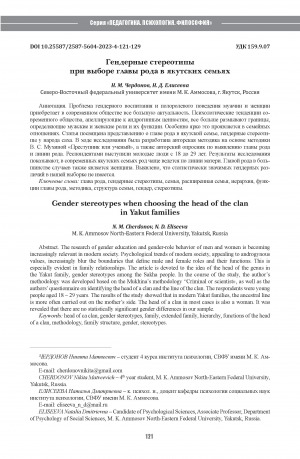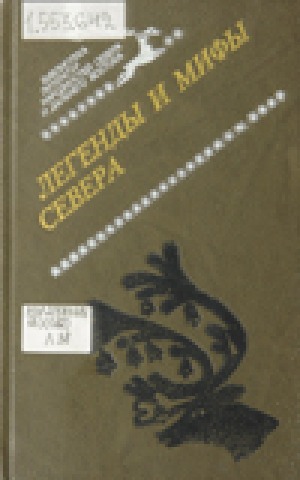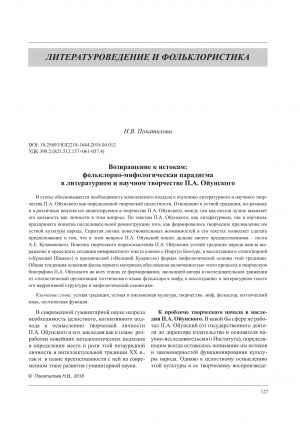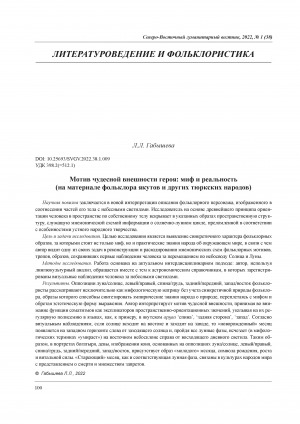
Метафора дыма: реконструкция культурных смыслов (на материале якутской лингвокультуры) = Smoke metaphor: reconstruction of cultural meanings (a case study of Yakut linguoculture)
Статья в журнале
Русский
811.512.157'37
устная память; якутская лингвокультура; метафора; семантика; фольклор; гендерные стереотипы; oral memory; Yakut linguoculture; metaphor; semantics; folklore; gender stereotypes
Языкознание / Языки мира
Сибирский филологический журнал: [научный журнал. – 2024. – 1
С. 236-247
Сибирский филологический журнал: [научный журнал
Новосибирск, Институт филологии Сибирского отделения Российской академии наук
Основан в 2002 г.
Выходит ежеквартально
1813-7083 (print)
Сибирский филологический журнал : [научный журнал / учредители: Институт филологии СО РАН Сибирского отделения РАН ; главный редактор И. В. Силантьев]. - Новосибирск : Институт филологии Сибирского отделения Российской академии наук, 2002-. - 2024, N 1. - 257 с.
The paper examines the linguistic and cultural semantics of the Yakut word buruo (smoke) by exploring its metaphorical manifestations in vocabulary, phraseology, and folklore. The folklore text is analyzed using a structural-semiotic approach to examine language as a cultural verbal code. For the first time, the smoke metaphor is recognized as a source of riddles, proverbs, good wishes, incantations, euphemisms, and others. Otherwise, the metaphor is found to have meaning- and text-forming functions. In the Yakut linguoculture, the smoke metaphor creates a micro paradigm of linguistic units with the general semantics of “descendants, a continuation of the family.” The metaphor under study is suggested to be a cultural element of the Sakha people’s folklore, specifically related to the patriarchal family structure and the roles of sons and daughters in procreation. The smoke metaphor, a tool for creating new concepts and pictorial means in language and culture, proves to be an element of the informational structures of oral collective memory. It preserves the principle of patrilineage, gender stereotypes, and traditional ideas of the Sakha people about the succession of generations and procreation, understood as “development, advancement through stages of development.” A significant finding is that a polysemous word, phraseology, paremy, epithet, folklore formula, symbol, and others can preserve considerable information in a coiled form and serve as an optimal way of its oral transmission in time and space. To conclude, folklore text meta-phors are not only emotionally rich but also involve “condensed” meaning, with a symbol representing the information compression.
Габышева, Л. Л. Метафора дыма: реконструкция культурных смыслов (на материале якутской лингвокультуры) / Л. Л. Габышева ; Северо-Восточный федеральный университет им. М. К. Аммосова // Сибирский филологический журнал. - 2024. - N 1. - С. 236-247. - DOI: 10.17223/18137083/86/17
DOI: 10.17223/18137083/86/17
Чтение документа возможно в помещении библиотеки









